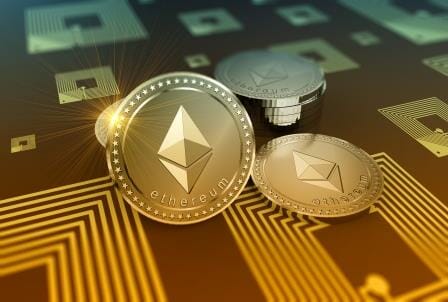According to popular Ethereum maximalist Evan Van Ness, Cardano is nothing more than a “zombiechain”.
Cardano recently celebrated its fifth birthday, and while the coin has come a long way from where it started, skeptics in the space are still unsure how far Cardano and ADA could go.
Cardano’s $14.9 billion market cap is impressive, especially considering its over 270% growth since January 2022. However, according to popular Ethereum maximalist Evan Van Ness, Cardano is not more than a “zombiechain”, gaining its traction from ADAbots. So what is the truth?
Is Cardano Becoming a “Zombiechain”?
When comparing transactions per second on Cardano vs Uniswap, Ness noted that the former has less than one transaction per second, which was substantially less than Uniswap.
Ness twitted that, “Not only does Cardano do less than one transaction per second…Uniswap does substantially more transactions than Cardano.”
The seven-day moving average of daily transaction counts for Uniswap (red) vs. Cardano (blue) shows that Cardano transactions began to decline after May 2021, while Uniswap transactions accelerated in July 2022, outperforming Cardano transactions.
This low transaction count is surprising when looking at Uniswap’s market cap of around $6 billion versus Cardano’s at $20 billion.
Notably, Uniswap also has a $1 million higher daily fee count compared to Cardano’s $10,000 or less in daily fees.
In contrast to Ness’s claims, some people argue that it is inaccurate to compare Uniswap and Cardano as they both use different models: account-based and eUTXO.
The eUTXO model is more robust compared to the account-based model which requires a state machine that will determine the state of an account at any given time.
However, the main downside of the eUTXO model is its inability to fit multiple transactions in one block, which is a crucial feature for decentralized applications and services.
Retailers Abound as ADA Whales Remain Cautious
Despite the successful launch of Vasil on mainnet on September 22, apart from high social volumes, ADA did not see any major increases in terms of price or user activity.
It should be remembered that the name given to the long-awaited hard fork is due to a tribute made to the important Cardano developer of Bulgarian origin, who died a few months ago: Vasil Dabov, who was a Cardano ambassador and Blockchain consultant.
With the Vasil hard fork, sweeping changes to the network were expected to take place, impacting transaction fees, speed, and decentralized application development.
However, a positive sight for ADA HODLers was the steady number of daily active addresses that have been maintained throughout the bearish period.
With the percentage of the total stablecoin supply held by whales being over $5 million at least, it was evident that ADA whales were noticing less trust, noting a continued decline.
ADA’s occasionally high trading volumes are a relief, but some support from HODLers and long-term whales is needed to price above the key $1 mark.
It is not known for sure whether ADA price will close above the red descending trend line, or rather add another leg lower to its bearish cycle.
The low for 2022, according to experts, is $0.385, and could be revisited if a rejection triggers a sell-off to the downside.
Seeing the current market turmoil this week and the next step in the escalation between Europe and Russia, there is no real incentive to start a strong bull run.
By Audy Castaneda











